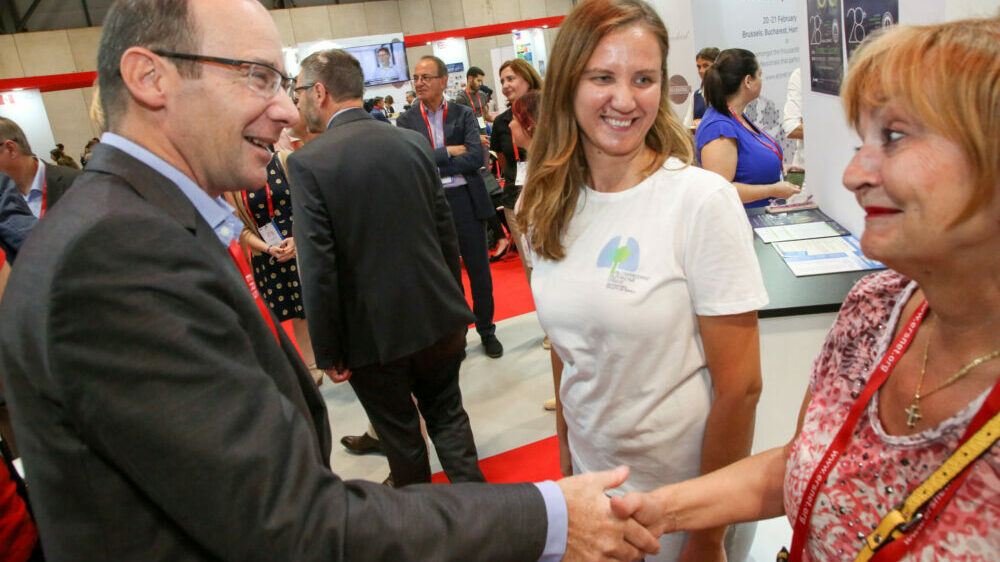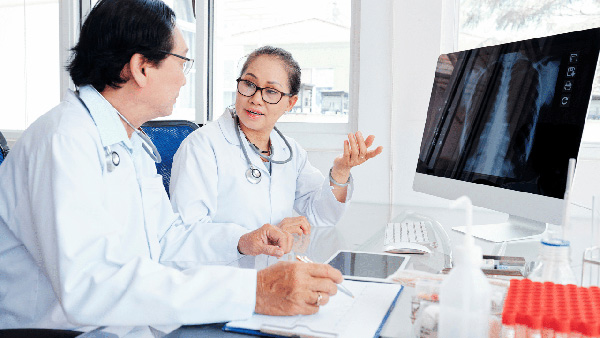We are currently facing the second wave of SARS-COV 2 pandemic. Almost 50.000.000 cases were reported with approximately 1.250.000 deaths. The current retrospective study aimed to determine asymptomatic attack rates and SARS-CoV-2 transmission risk factors among community close contacts of patients with COVID-19. The study was conducted in Singapore between 23 Jan to 3rd of April 2020.
7770 close contacts were studied. The contacts were divided into three groups: Household contacts, work contacts and social contacts. The majority of subjects were indentified as social contacts. Analyzing and defining the above groups as household contacts were considered those individuals who shared the same residence with the index case, as non house contacts were considered those individuals who had contact with the index case for at least 10 minutes within 2 m distance. The latest group were further divided into two subgroups: The close-high risk contacts (at least 30min) and the low risk contacts (10-30min). The latest group was excluded from the final analysis due to low number of infections. Further categorization involves the work related contacts, the social contacts.
Close contacts were asked to follow a quarantine based assessment via telephones thrice daily. Symptomatic contacts were transferred to hospital for clinical assessment and COVID-19 testing. Between Jan 23 and April 3, 2020, there were 1114 PCR confirmed COVID-19 index cases in the community. 13 026 close contacts of these cases
were identified, of whom 1863 were household contacts, 2319 were work contacts, 3588 were social contacts, 2626 were transport contacts, and 2630 were uncategorised.
Transport and uncategorised close contacts were excluded from the analysis. Interestingly, of 7770 close contacts the vast majority completed quarantine without a confirmed diagnosis. Only 188 symptomatic cases were identified as positive ones. Most of the cases are under 40 years old. Age and gender are driven parameters for diagnosing as COVID-19 positive in house and work contacts respectively. The secondary clinical attack was almost 6% and 1.3% for house and work contacts respectively. An approach with Bayesian analysis of serology and symptom data obtained from 1150 close contacts (524 household contacts, 207 work contacts, and 419 social contacts) showed a 62% missing diagnoses and 36% asymptomatic based cases. Sharing a bedroom and being spoken to by an index case for 30 min or longer were associated with SARS-CoV-2 transmission among household contacts. Among non-household contacts, 3 parameters were associated with SARS-COV-2 transmission: Exposure to more than one case, being spoken to by an index case for 30 min or longer and sharing a vehicle with an index case. Suprisingly either for household or/and non-household contacts, indirect contact, meal sharing, and lavatory co-usage were not independently associated with SARS-CoV-2 transmission.
Comment:
There are three main messages from the current study: Distancing, minimizing exposure time and strict isolation of index cases will help us to control transmission.




